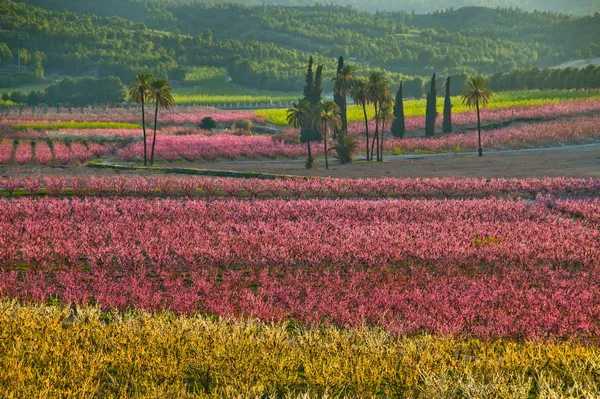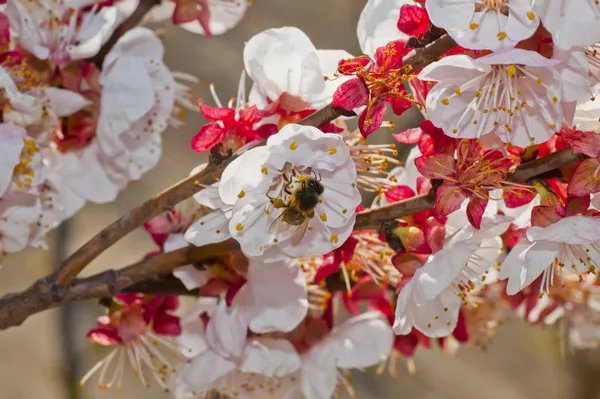The rise in daytime temperatures in the Spanish Region of Murcia is speeding up the flowering of stone fruit trees. The trees have been accumulating a good number of hours of cold before harvesting begins in April. Growers continue to invest in new varieties, especially platerinas, and the acreage devoted to red peaches continues to decrease.

"This winter, we've had a good amount of cold hours," says Joaquín Gómez, President of the Association of Fruit, Table Grape and Other Agricultural Producers and Exporters, Apoexpa.
"Although it's still cold at night, in the last few days, maximum temperatures have risen quite a lot and that's speeding up the flowering. In fact, if things continue like this, the main stone fruit varieties could fully complete the flowering by next week," says Gómez. "For the time being, everything is going well, although we could do with more rain," he says.

Stone fruit cultivation is subject to a constant process of variety renewal. According to Joaquín Gómez, "In the Region of Murcia there is a clear trend towards planting platerina or flat nectarine, while the acreage devoted to red-skinned peaches continues to fall. The introduction of new platerina varieties and improved cultivation techniques are turning it into an alternative that offers a lot of room for growth because consumption is going to continue to increase."
The Region of Murcia's stone fruit production recovered significantly in 2024, exceeding the volumes of the 2023 and 2022 seasons by 15% and 34%, respectively, reaching a total of 386,730 tons.
 For more information:
For more information:
APOEXPA
C. San Martín de Porres, 3,
30001 Murcia, Spain.
Tel.: +34 968 20 48 72
apoexpa@fepex.es
apoexpa.es
